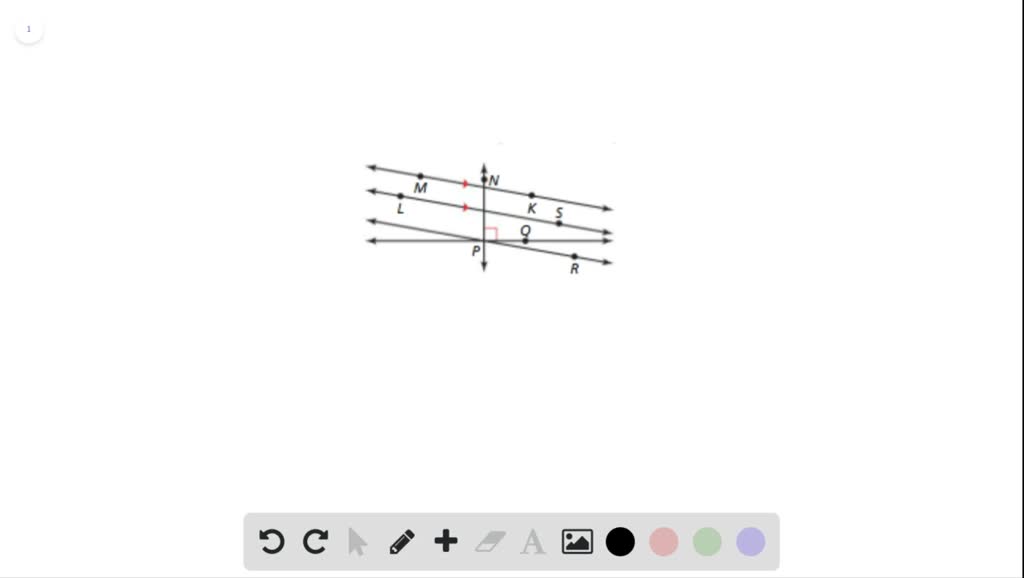

However, to evaluate a broad spectrum of cognitive domains, application of additional tests is required. Thus far, normative data for centenarians is available for the Mini-Mental State Examination (MMSE), 9, 12- 15 which measures global cognitive functioning. 8- 10 This suggests that cognitive performance of the oldest-old can only be accurately assessed relative to norms generated in cohorts with narrow age bands. 7 Indeed, relative to 80 and 90 year olds, centenarians appear to have significantly lower test scores in multiple cognitive domains, while showing a larger variability in their performance. 6 Applying these norms to evaluate cognitive functioning in centenarians may lead to misclassifications of cognitive impairment. However, norms derived in younger samples may not account for cognitive decline as part of the normal aging process. 5Ĭognitive test performance of centenarians is often evaluated relative to normative data generated in younger adults. 3, 4 To evaluate cognitive impairment in this heterogeneous group, it is important to implement suitable instruments that consider the specific characteristics of centenarians. 2 Previous studies indicated that, an estimated 25% of the centenarians have retained their cognitive health, while 25% have symptoms of cognitive impairment and 50% may be regarded as having dementia. 1 Dementia incidence increases exponentially with age and reaches approximately 40% per year at the age of 100 years. In the next 30 years, the number of centenarians worldwide is expected to increase almost 20-fold to 3.2 million people. Our results suggest that, next to education level, vision ability and the level of fatigue should be taken into account when evaluating cognitive functioning in centenarians. These normative data allow the detection of deficits across a wide range of cognitive domains. We generated normative data for 15 common neuropsychological tests in a large sample of cognitively healthy centenarians, while taking age-related sensory impairments into consideration. While educational level was associated with performance on the majority of the tests, sex and age were only weakly associated with test performance. In contrast, hearing problems (4%) and task incomprehension (6%) rarely complicated test performance. Vision problems and fatigue often complicated the ability to complete tests, and these problems explained 41% and 22% of the missing test scores, respectively. Normative data for global cognition resulted in a mean MMSE score of 25.6 ± 3.1 (range = 17-30 interquartile range = 24-28). We generated normative data for 15 cognitive tests, measuring global cognition (Mini-Mental State Examination ), premorbid intelligence, attention, language, memory, executive function, and visuospatial function by multiple linear regressions and/or by reporting percentiles. ParticipantsĪ total of 235 centenarians (71.5% female), who self-reported to be cognitively healthy, which was confirmed by an informant and a trained researcher. DesignĬentenarians who participate in the prospective 100-plus Study. Here, we generated norms for neuropsychological tests in a sample of cognitively healthy centenarians while taking sensory impairments into account. Normative data for neuropsychological tests are lacking in centenarians, which hampers the ability to evaluate their cognitive functioning for both research and clinical practice. At this age, dementia incidence is high and cognitive functioning is highly variable across individuals. The fraction of the population that reaches the age of 100 years is growing.


 0 kommentar(er)
0 kommentar(er)
